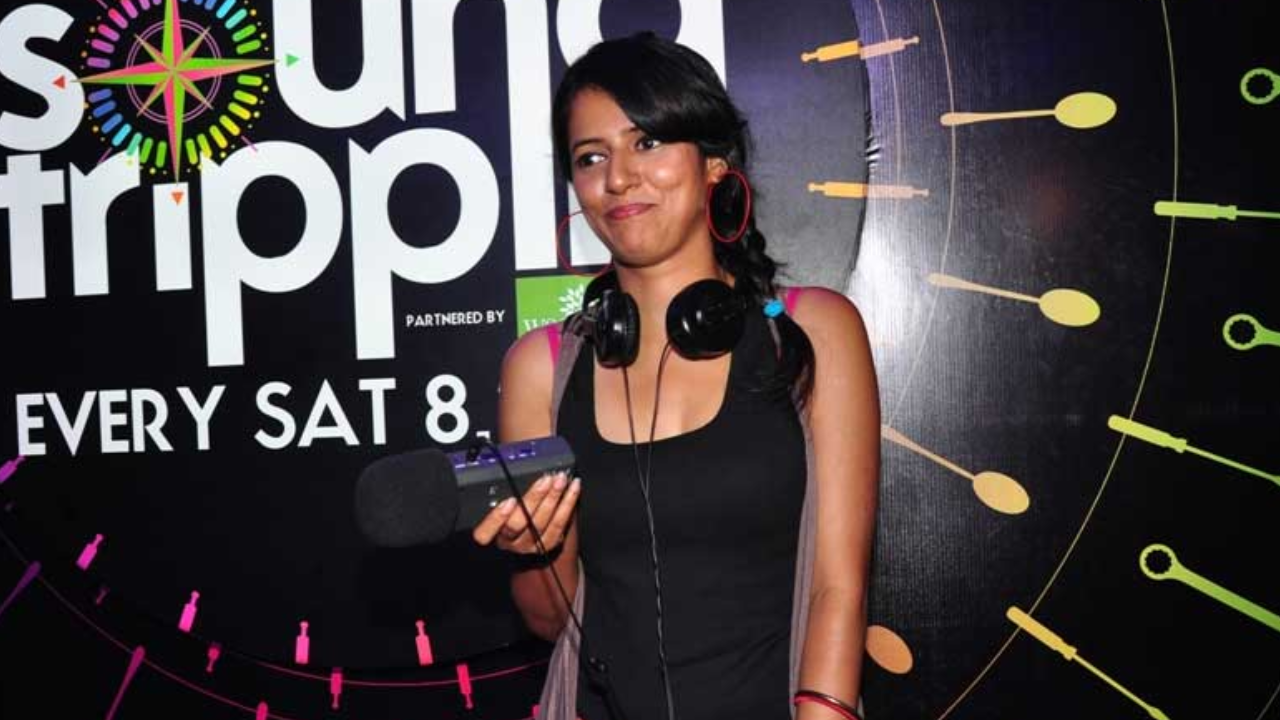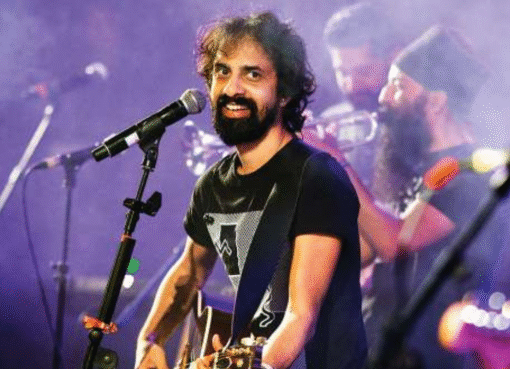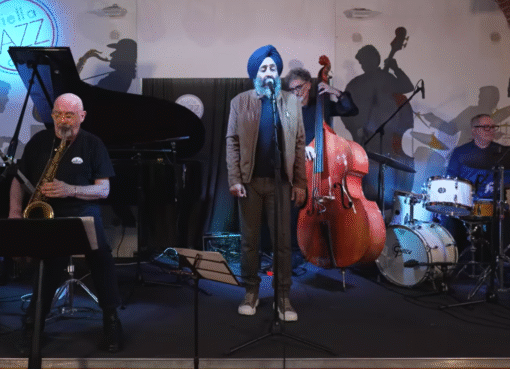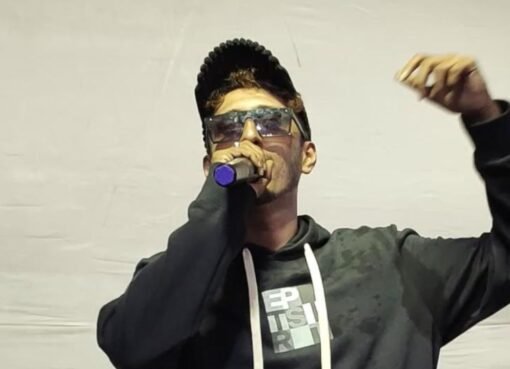Sneha Khanwalkar and the Raw Beauty of Sound Trippin’

Before lo-fi became a buzzword and before every travel video had ambient fusion in the background, Sneha Khanwalkar was already doing it with heart, hustle, and a mic in hand.
Back in 2012, when MTV launched Sound Trippin’, the idea was simple on paper but wild in execution. Take a music director out of the studio, send them into India’s chaotic, beautiful, noisy towns and villages, and see what kind of music comes out. With Sneha Khanwalkar leading the charge, it became more than just a TV show. It turned into a sonic documentary capturing the essence of India.
Sneha, already known for her edgy soundtracks like Oye Lucky! Lucky Oye! and later Gangs of Wasseypur, didn’t just record music. She listened deeply. Whether it was temple bells in Benaras, camel herders in Kutch, or fishermen in Goa, she captured India not with orchestras or presets, but with real people and real sounds. She took those samples chants, footsteps, door creaks, conversations and blended them into beats and melodies that felt both intimate and epic.
What made Sound Trippin’ special wasn’t just the sound design. It was the trust. Sneha didn’t come in as a tourist. She spoke to locals, jammed with folk musicians, and often landed in a town without any fixed plan. Sometimes the songs turned out beautifully polished. Sometimes they were messy. But they were always honest and grounded.
In Punjab, she transformed the raw energy of a group of girls playing dhol into a powerful anthem. In Goa, she layered Konkani rhythms with the chatter of locals by the sea. In the South, temple rituals became rhythm tracks. It was field recording at its best, long before the idea of “sampling culture” became common in the indie scene.

But Sound Trippin’ was more than just a clever travel-and-music concept. It changed how we think about music production in India. While most commercial tracks were becoming sleeker and more global, Sneha went hyperlocal. She proved that even the sound of a tea stall or the echo inside an old stepwell could be music if you were willing to listen closely.
Her approach wasn’t just creative. It was bold. In an industry dominated by male voices and commercial formulas, Sneha made her own rules. She didn’t chase hits. Instead, she created space for stories that had never been part of mainstream soundtracks before. And in doing that, she gave India’s indie music movement something it desperately needed: authenticity and texture.
Today, Sound Trippin’ remains a cult favourite. Its influence can be seen in countless DIY field recordings and indie tracks popping up across platforms. But no one has done it with the same honesty, curiosity, and skill that Sneha brought to it.
If you believe that music is more than just what plays on the radio, that it lives in our streets, rituals, and everyday noise, then Sound Trippin’ wasn’t just a show. It was a reminder that India’s most powerful songs might already be playing all around us. We just have to listen.
Read more About What’s Happening in Music Scene of India
2 thoughts on “Sneha Khanwalkar and the Raw Beauty of Sound Trippin’”
- Pingback: Abhijeet Sawant on 20 Years of Music, Indian Idol Memories
- Pingback: RONN Drops “Badi Ega Daru,” Where Telugu collab With UK Rap



Leave a Comment